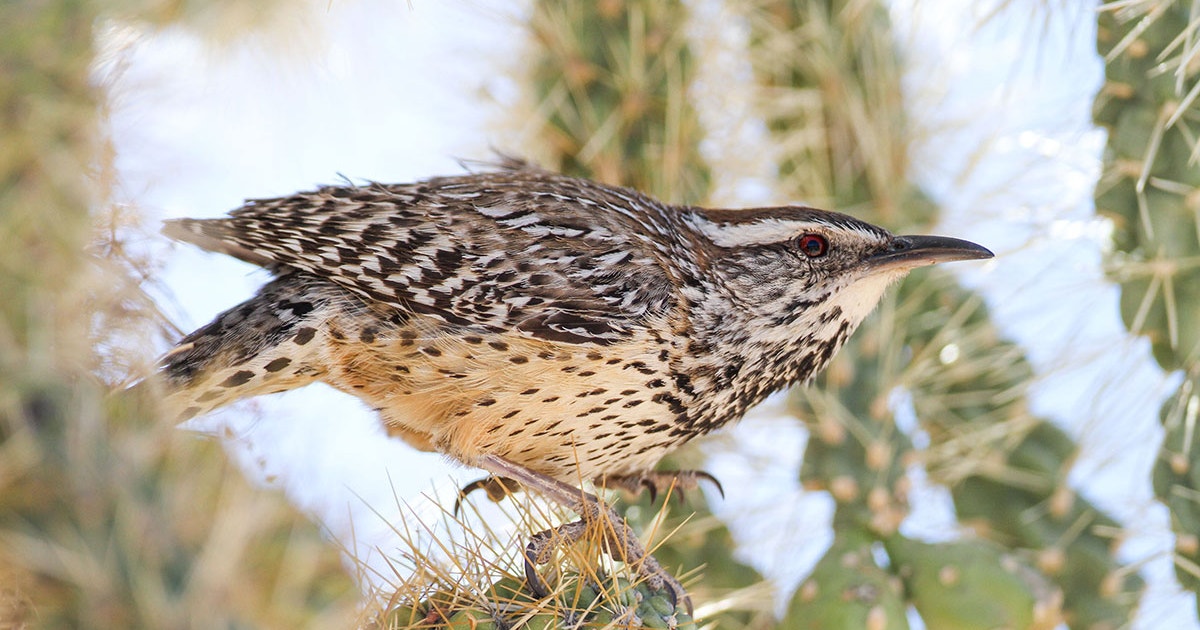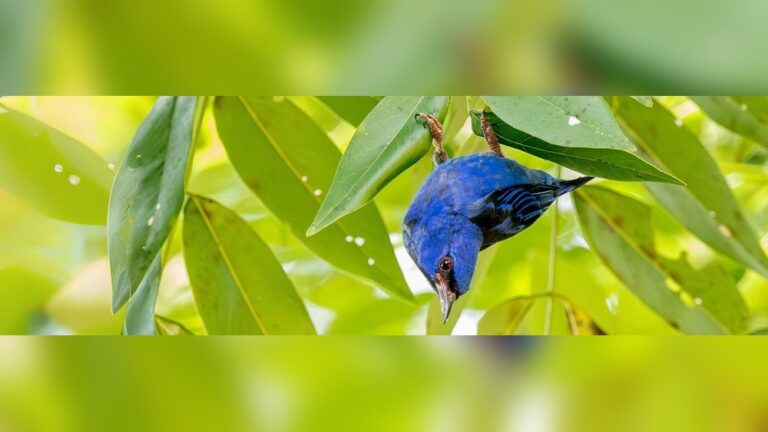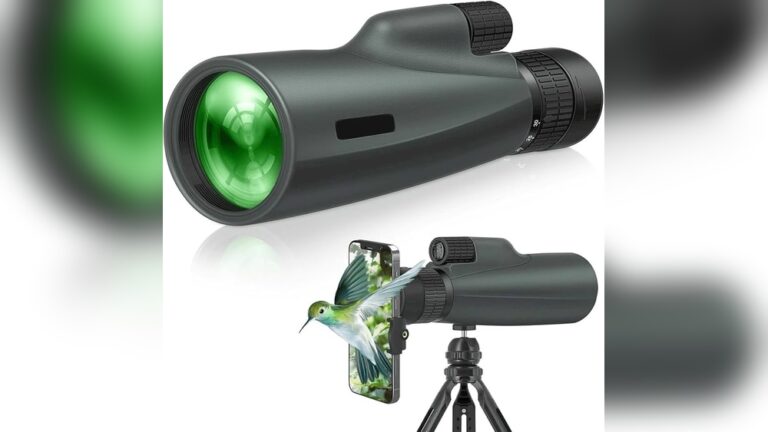How Do Birds Survive In The Desert
Have you ever wondered how birds manage to live and thrive in the harsh desert, where temperatures soar and water is scarce? It might surprise you to learn that these feathered creatures have clever ways to stay cool, find food, and conserve water, even under the blazing sun.
If you want to discover the amazing tricks birds use to survive in one of the toughest environments on Earth, keep reading. By the end, you’ll see deserts in a whole new light—and appreciate the incredible resilience of these desert dwellers.

Credit: www.audubon.org
Desert Challenges For Birds
Birds living in deserts face many challenges. The desert is a tough place. Harsh weather, little water, and scarce food make survival hard. Birds must adapt to live in such a dry and hot environment. Understanding these challenges helps us see how amazing desert birds really are.
Each challenge pushes birds to use unique skills and strategies. These help them stay alive despite the odds. Let’s explore the main challenges desert birds face every day.
Extreme Temperatures
Deserts can be very hot during the day and cold at night. Temperatures often rise above 100°F (38°C). At night, it can drop below freezing. Birds must handle these big changes quickly. They find shade to cool down and fluff their feathers to stay warm. Some birds are active early or late to avoid the heat.
Limited Water Sources
Water is rare in the desert. Birds cannot rely on lakes or rivers. They get water from food or morning dew. Some birds eat moisture-rich plants and insects. Others can survive longer without water. They use their bodies to save water and keep cool.
Scarce Food Supply
Food is hard to find in deserts. Plants grow slowly and insects hide from heat. Birds eat seeds, insects, small animals, or plants. They search far and wide for food. Many birds have strong beaks or sharp claws to catch prey. They eat what is available to survive.

Credit: www.daviddarling.info
Physical Adaptations
Birds living in deserts face extreme heat and scarce water. Their bodies have special features to help them survive. These physical adaptations keep them cool, conserve water, and protect them from predators. Understanding these traits shows how birds thrive in harsh desert conditions.
Feather Insulation
Desert birds have feathers that protect them from heat. Feathers reflect sunlight to reduce body temperature. They create a layer of air to keep heat away from the skin. At night, feathers help keep birds warm in cold desert air. This insulation works both ways, day and night.
Efficient Water Retention
Desert birds lose little water through their bodies. Their kidneys concentrate urine to save water. They produce dry droppings with minimal liquid waste. Birds get water from food like seeds and insects. These adaptations reduce the need for water in dry places.
Camouflage And Coloration
Many desert birds have colors that blend with sand and rocks. Brown, tan, and gray feathers help them hide from predators. Light colors also reflect sunlight, keeping birds cooler. Camouflage helps birds stay safe and avoid heat stress.
Behavioral Strategies
Birds living in the desert use smart behaviors to survive harsh conditions. These behaviors help them save water and avoid extreme heat. By changing their daily habits and living spaces, desert birds manage to thrive in tough environments.
Nocturnal Activity
Many desert birds stay active at night. The cool night air stops them from losing too much water. Nighttime also makes hunting easier since insects come out. By avoiding daytime heat, birds lower their risk of overheating.
Burrowing And Nesting Habits
Some birds dig burrows to escape the sun. These burrows stay cooler than the surface. Nesting in shaded or hidden places protects eggs from heat. Birds also use plants and rocks to build cool nests.
Migration Patterns
Desert birds often move to cooler areas during extreme heat. They travel to places with more water and food. Migration helps birds survive when the desert becomes too harsh. Returning after rains ensures better living conditions.
Diet And Hydration
Birds in the desert face tough conditions. Finding food and water is a daily challenge. Their diet and hydration methods help them survive the harsh environment. These birds have unique ways to get moisture and nutrients.
Water From Food
Many desert birds get water from the food they eat. Seeds, insects, and small plants contain moisture. Eating these helps birds stay hydrated without drinking much water. Some birds eat juicy fruits or cactus parts. This provides both food and water in one.
Specialized Feeding Techniques
Desert birds use special ways to find and eat food. Some catch insects in mid-air. Others dig in the sand to find hidden prey. These techniques help them get enough nutrients and water. They save energy by eating food with high moisture content.
Salt Gland Function
Desert birds have a special salt gland near their eyes. It removes extra salt from their bodies. This gland helps birds drink salty water or eat salty food. It keeps their body balanced and prevents dehydration. The salty fluid leaves their nostrils as a drip.
Notable Desert Bird Species
Deserts challenge birds with heat and scarce water. Some bird species have adapted well to survive here. These desert birds have unique traits and behaviors that help them thrive.
They find food, water, and shelter in tough conditions. Their survival shows nature’s power to adapt and endure.
Roadrunners
Roadrunners are fast runners and skilled hunters. They eat insects, small reptiles, and fruits. Their feathers help reflect heat during the day. Roadrunners stay active mostly in the cooler morning and evening hours. They can survive with little water, getting moisture from their food.
Sandgrouse
Sandgrouse live in dry, sandy areas of deserts. Their wings carry water to their chicks, a rare skill. They fly long distances to find water sources. Sandgrouse have strong legs for walking on hot sand. Their plumage blends well with desert colors for protection.
Cactus Wrens
Cactus wrens build nests inside prickly cacti for safety. They eat insects and small fruits found in the desert. These birds handle heat by staying in shade during peak sun hours. Their loud calls help them communicate across wide desert spaces. Cactus wrens use their sharp beaks to find food in dry plants.

Credit: blog.naturalistjourneys.com
How Smart Pets Lover Can Help You with How Do Birds Survive In The Desert
Learning from Desert Birds: Practical Insights for Bird Enthusiasts
Understanding how birds survive in the desert offers more than just fascinating facts—it opens doors to practical learning for anyone passionate about avian care and behavior. By observing their physical adaptations and behavioral strategies, we gain valuable clues on how to support birds in challenging environments, whether in the wild or at home.
- Noticing how desert birds manage hydration can inspire mindful approaches to providing fresh water sources for pet birds, ensuring they stay well-hydrated without stress.
- Studying their diet and feeding habits encourages us to offer varied and nutritious foods that mimic natural preferences, promoting overall health.
- Recognizing behavioral tactics like seeking shade or adjusting activity times helps us create comfortable living spaces that respect birds’ natural rhythms.
At Smart Pets Lover, where every chirp tells a story, we believe these insights deepen your connection with feathered companions and empower you to care for them thoughtfully. For more tailored advice or questions, feel free to reach out—knowledge shared is a gift that helps every pet parent thrive.
Frequently Asked Questions
How Do Desert Birds Find Water To Survive?
Desert birds locate water from small sources like dew, cacti, and temporary pools. They also extract moisture from their food, such as insects and plants, to stay hydrated in arid environments.
What Adaptations Help Birds Survive Desert Heat?
Birds have special adaptations like light-colored feathers to reflect sunlight and efficient cooling mechanisms. They avoid midday heat by being active during cooler mornings and evenings to conserve energy.
How Do Desert Birds Conserve Energy And Water?
Desert birds reduce activity during extreme heat and rest in shaded areas. They have efficient kidneys to minimize water loss and can survive on minimal water by obtaining moisture from their diet.
What Do Birds Eat In The Desert To Survive?
Desert birds eat a varied diet including insects, seeds, fruits, and small reptiles. This diverse diet provides necessary nutrients and moisture, helping them thrive in harsh desert conditions.
Conclusion
Birds in the desert show amazing ways to survive harsh conditions. They find water in small amounts and stay cool during hot days. Their bodies and behaviors help them save energy and stay safe. These birds teach us about nature’s power to adapt and live anywhere.
Watching them reminds us how life finds a way, even in tough places.





